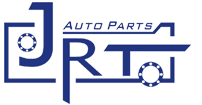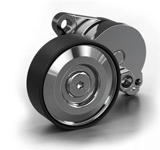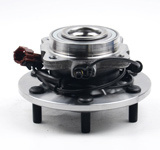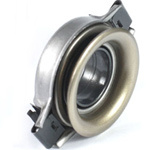When the free stroke has just been eliminated, a "rustling" or "squeaking" sound appears.
Release time:
Jun 07,2024
If the clutch release bearing fails to meet the above requirements, it is considered to be faulty. After a failure occurs, the first thing to do is to determine which phenomenon is damage to the release bearing. After the engine is started, lightly press the clutch pedal. When the free stroke has just been eliminated, a "rustling" or "squeaking" sound appears. Continue to press the clutch pedal. If the sound disappears, it is not a problem with the release bearing. If there is still a sound, it is the release bearing. ring.
During inspection, you can remove the clutch bottom cover, depress the accelerator pedal a little, and slightly increase the engine speed. If the sound increases, you can observe whether there are sparks. If there are sparks, it means the clutch release bearing is damaged. If the sparks come out in strands, it means that the release bearing balls are broken. If there are no sparks but the sound of metal breaking occurs, it indicates excessive wear.






















